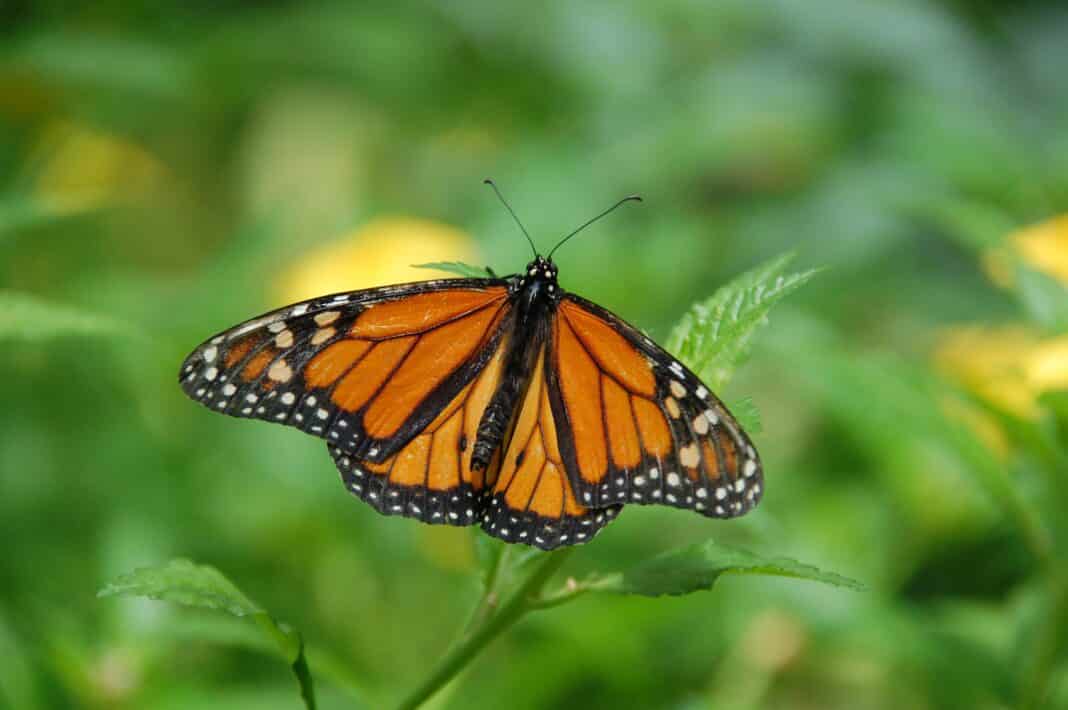The monarch butterfly, a species whose numbers have plummeted in recent years, has a new backer in the form of the Texas Department of Transportation.
TxDOT and partner, the U.S. Fish and Wildlife Service, announced Wednesday the transportation agency has agreed to enroll 1.238 million acres of center highway space to create and maintain habitat for monarchs as part of a national effort to increase the species’ numbers.
Of that listed acreage, 450,000 acres are being adopted in the agreement.
The unique effort is called the Monarch Butterfly Candidate Conservation Agreement for Energy and Transportation Lands and is being administered by the University of Illinois-Chicago with the U.S. Fish and Wildlife Service.
The agreement encourages transportation and energy partners to participate in monarch conservation by providing and maintaining habitat on millions of acres of rights-of-way and associated lands.
“The monarch butterfly is one of America’s most well-known native insects, but it has experienced significant population declines during recent decades,” said Amy Lueders, USFWS Southwest regional director. “Through the monarch butterfly CCAA, we’re working with energy and transportation partners to help save this iconic species and other pollinators.”
“We are incredibly grateful to TxDOT for joining the agreement and stepping up to help improve habitat and actively contribute to the recovery of monarchs on the millions of acres of highways and interstates they manage,” she added.
TxDOT plans to dedicate 73,038 center lane miles of highways and interstates for monarch habitat development.
“TxDOT’s rights-of-way are excellent habitat for wildlife, including pollinators such as the monarch butterfly as well as bats, bees, birds and many more,” said James Stevenson, TxDOT maintenance division director. “Since milkweed is a crucial host plant for monarchs, TxDOT fully supports milkweed growth on state rights-of-way.”
“Thousands of acres of milkweed appear on rights-of-way every year due to TxDOT’s longstanding wildflower and pollinator programs,” he added.
Texas has an important role in monarch butterfly migration, with the colorful pollinators visiting the state every fall and spring as they arrive from the north to overwinter in Mexico.
Monarchs rely on milkweed for laying eggs and caterpillar food and other nectar plants for forage, but since those native plants have declined with an overall loss of habitat, monarchs have too. Populations across the U.S., Canada and Mexico have dropped by about 90 percent over the past 20 years.
TxDOT becomes the 16th state transportation partner in the effort to save the monarch.




